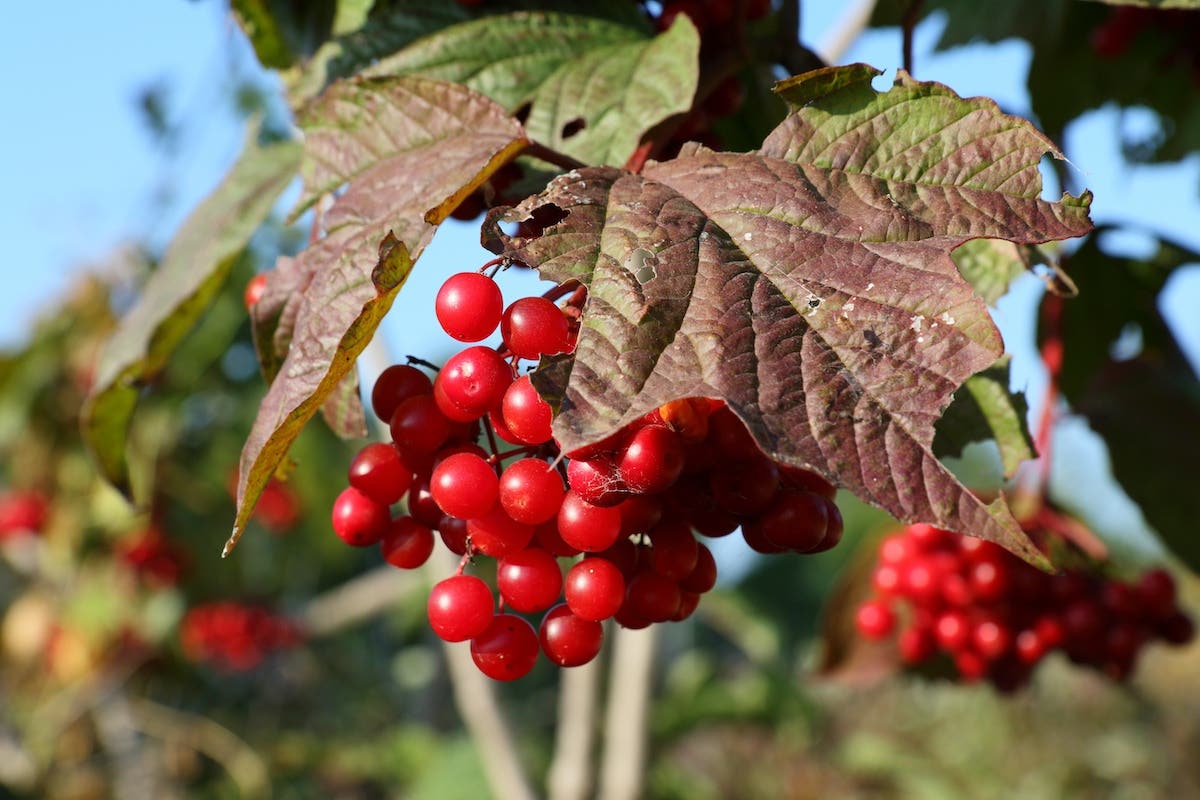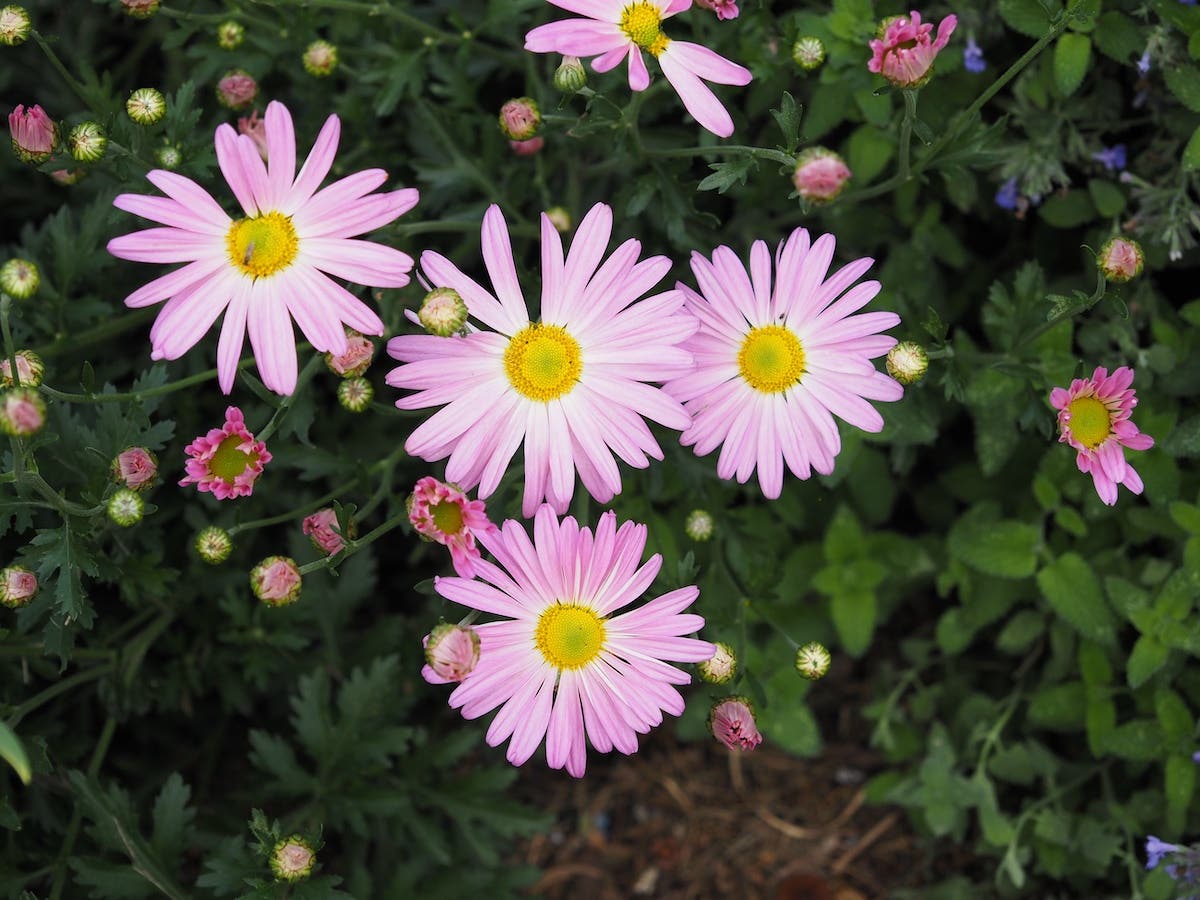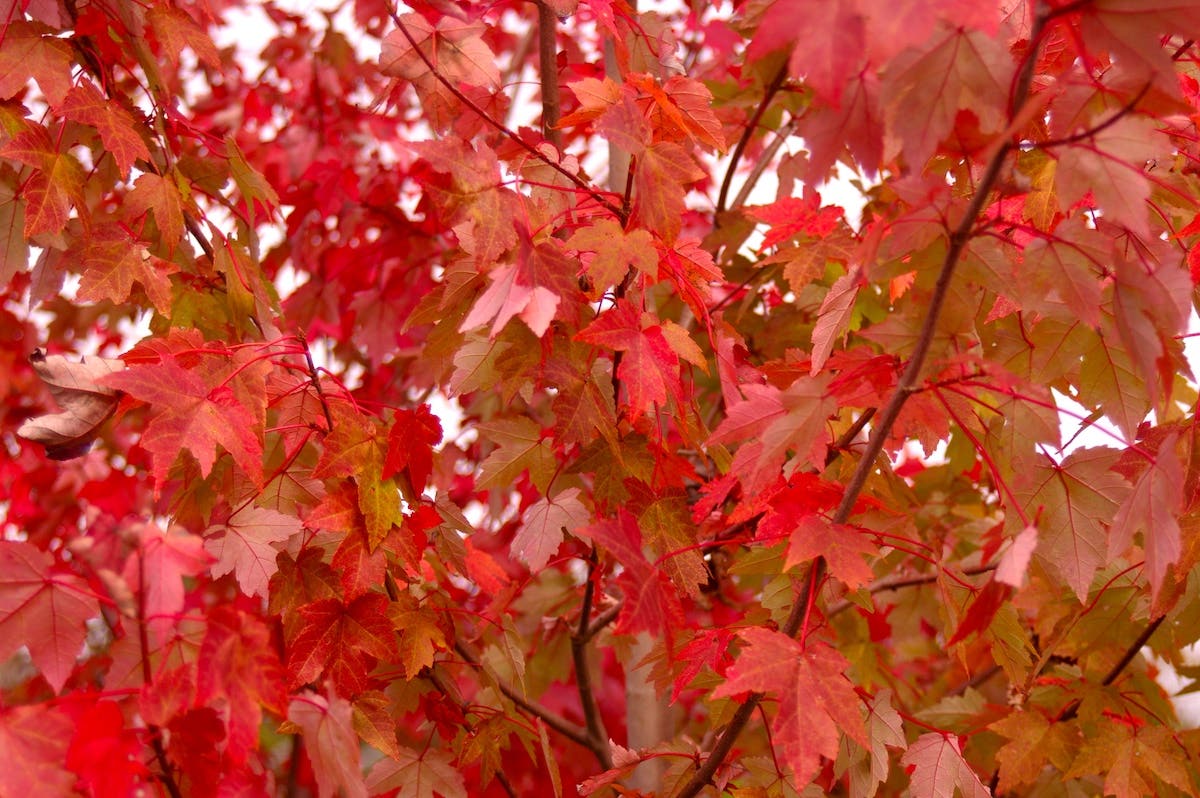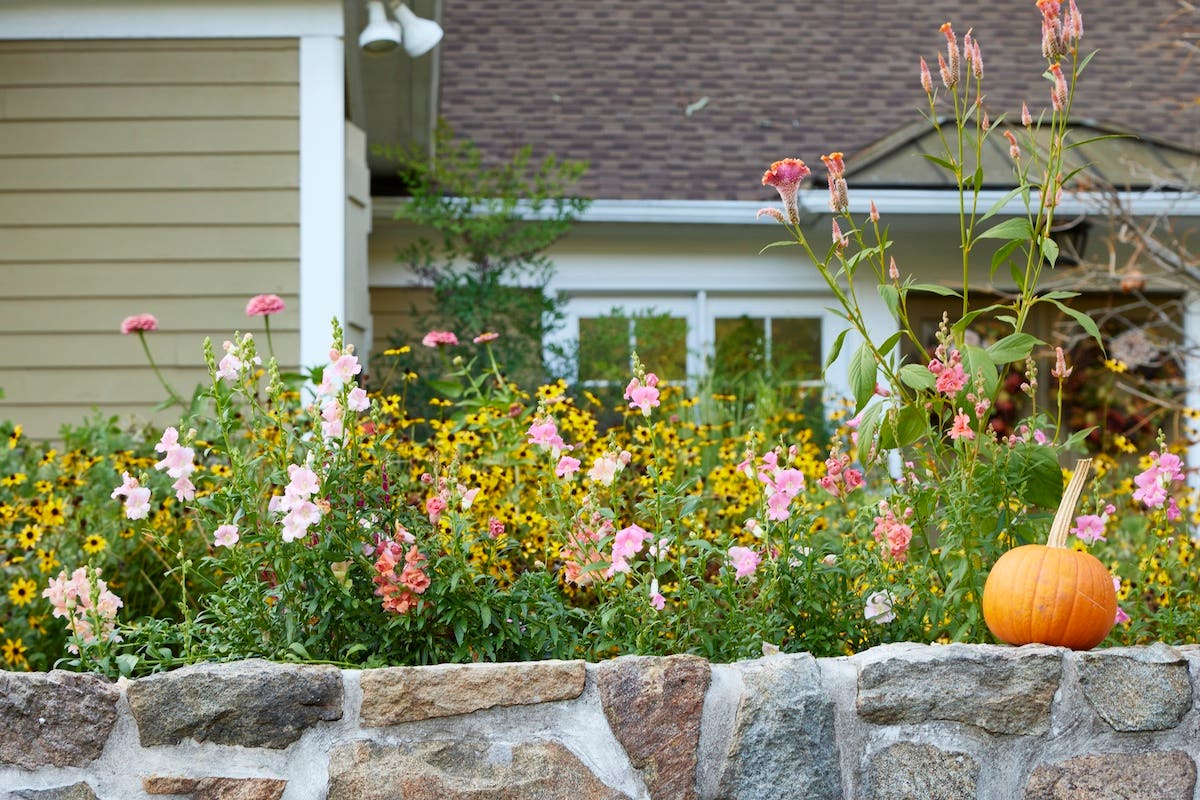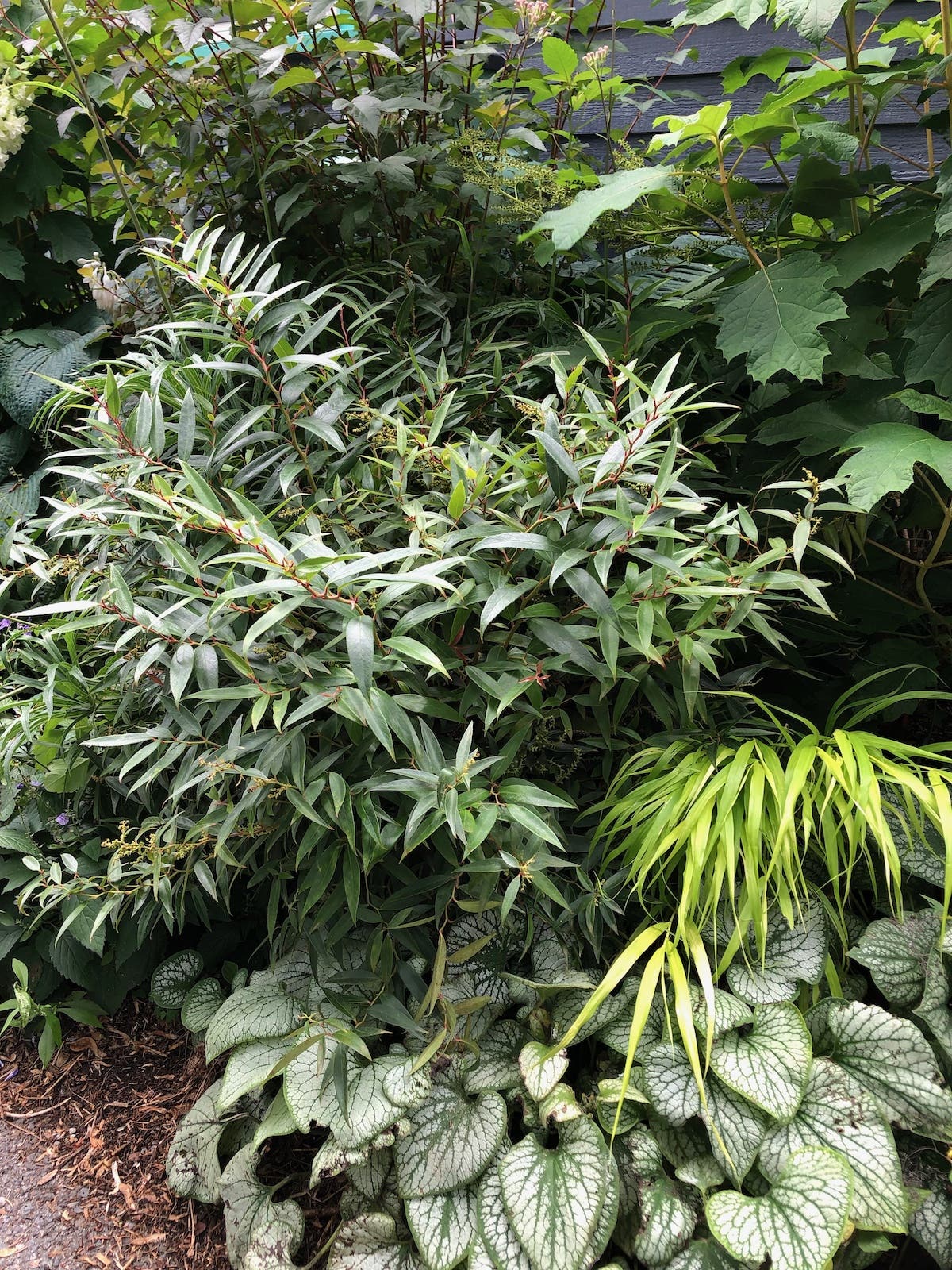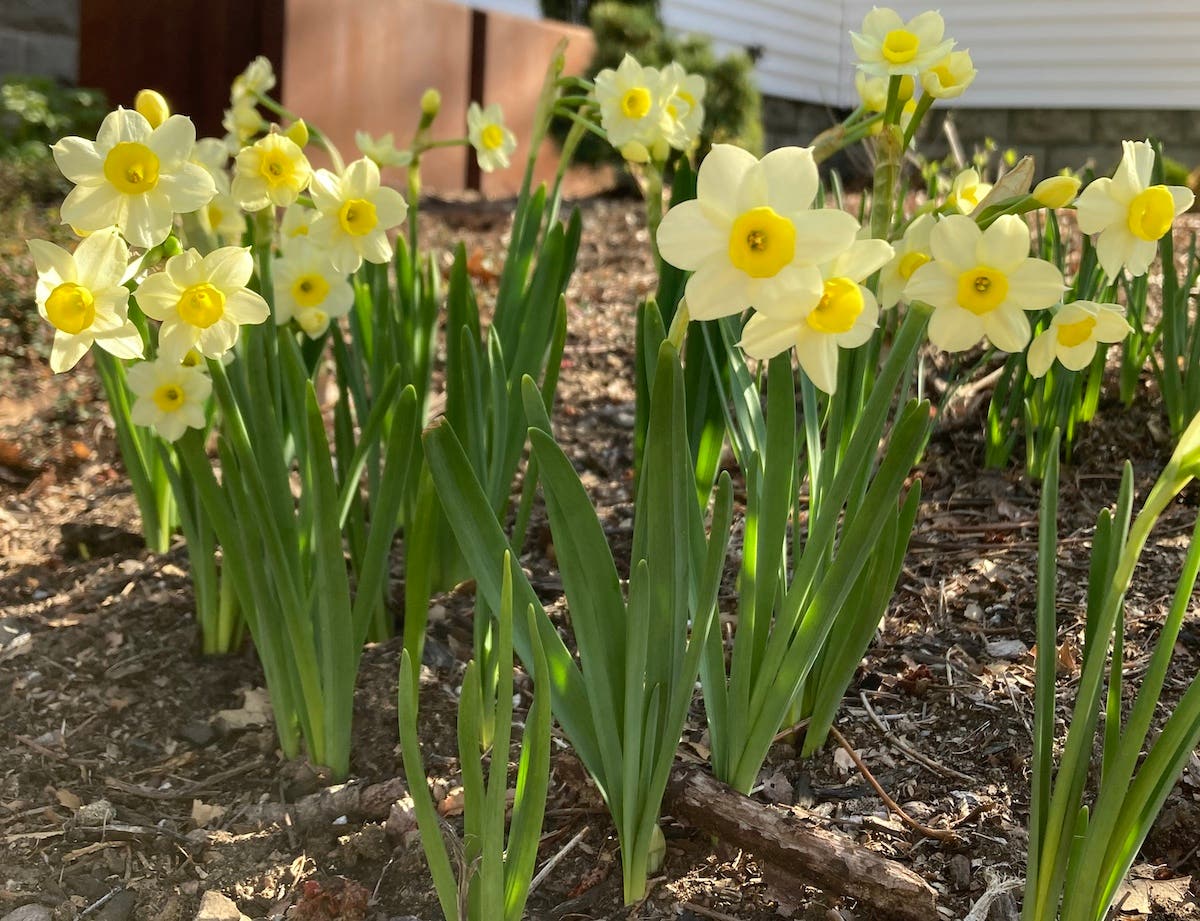I love yuccas in the garden. Perhaps it’s memories of them growing in my grandmother’s garden or of the native forms that grew wild in the Kansas prairies that started my life-long passion for yuccas. For those of us gardening in temperate climates, the yucca offers an important architectural element that few plants can match where winters turn cold and blustery. In some circles, it might be considered the near-perfect perennial—tough, reliable, adaptable, evergreen and long blooming.
Yucca rostrata has been known to many keen gardeners for decades, particularly in the West and Southwest, but it wasn’t until enterprising plantsman Sean Hogan, of Cistus Nursery, selected a particularly blue seedling and dubbed it ‘Sapphire Skies’ that the plant gained mainstream popularity.
There are a number of characteristics that set ‘Sapphire Skies’ apart from most other yuccas, not the least of which is its stunning powder-blue foliage. Yucca rostrata is also one of the hardiest of all of the trunk-forming yuccas, thriving into USDA ZOne 5. Sited in full sun and well-drained soil, it will quickly grow into a stunning three-by-four-foot mound of non-threatening flexible foliage. With some age it will begin rising above its neighbors on a stout trunk to a height of four feet or more. At maturity, spectacular spires of ivory flowers appear in summer.
‘Sapphire Skies’ is drought resistant and tolerant of cold, wet winters that would send other xeric species high-tailing it to the compost bin. One note on purchasing Y. r. ‘Sapphire Skies’—don’t be disappointed by what you find offered for sale. Yuccas in general have juvenile forms that can differ quite dramatically from their adult appearance. As a juvenile, ‘Sapphire Skies’ will be greener and less architectural than you might expect, but be patient. When it begins taking on its adult characteristics in just a few years, you’ll be thrilled.
Image courtesy of Terra Nova Nurseries, Inc.


